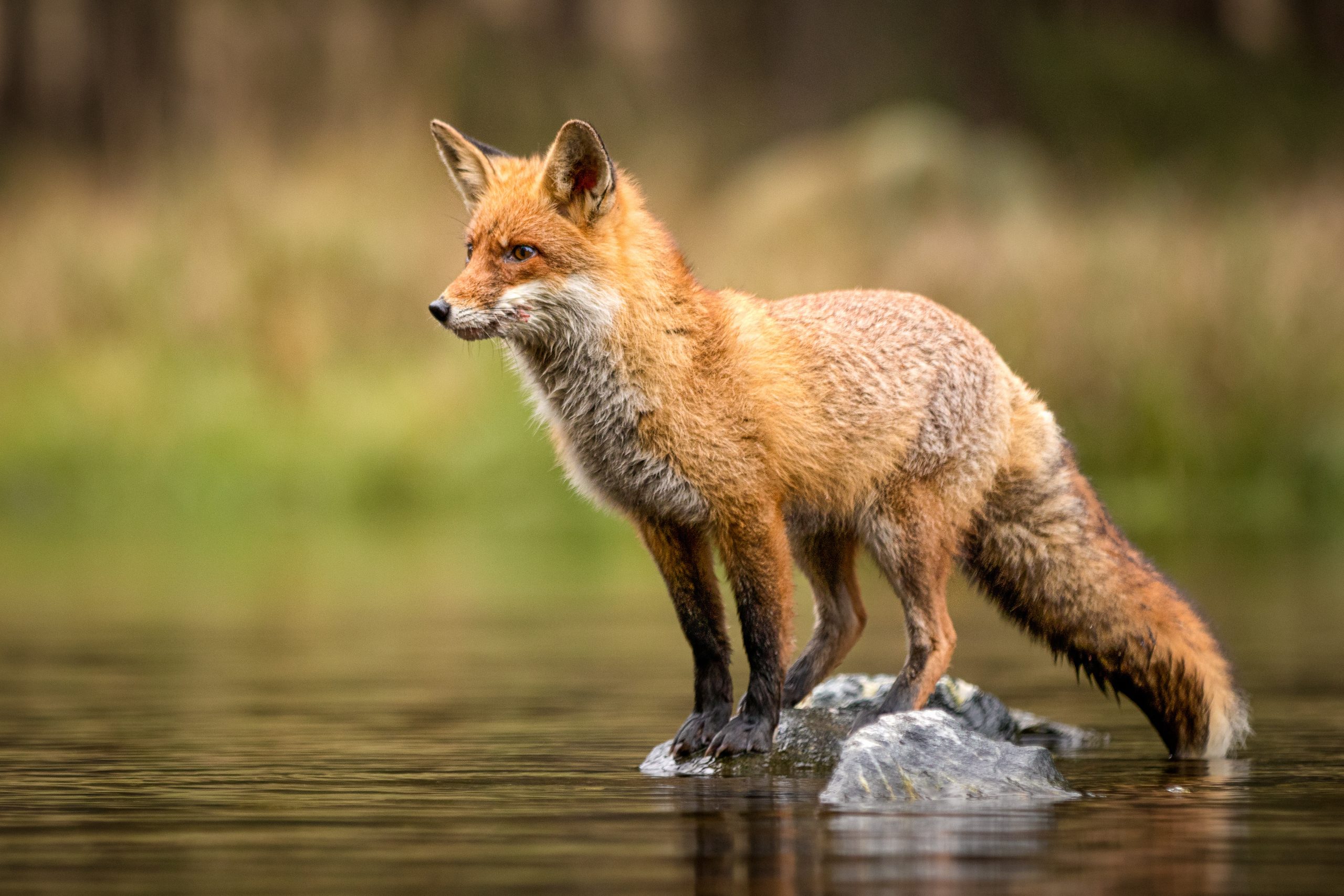‘Everything is Changing’ – Whale life from around the Irish coast

February 14th, 2020
Eighty-two feet long, the skeleton of a Wexford blue whale named Hope has supplanted ‘Dippy’, the much loved Diplodocus, as the main attraction at Hintz Hall in the National History Museum in London.
“Look at the whale!” exclaim the children pointing upward, their small bodies further miniaturised as they pass beneath Hope’s colossal ribcage, comprised of 32 ribs and once housing a 500-pound beating heart.
One gets the impression their wonder and excitement is well matched by the sheer scale of Hope herself, her majesty, as well as the efforts taken by the museum staff to put her together – installing the largest living creature on Earth, bone by bone, in an act as deliberate as it was precise.
By replacing Dippy, a replica dinosaur, for something real, Hope’s keepers have inspired wonder for all wild creatures that exist today in an increasingly hostile world, with our whales all too often caught in the crosshairs.

Everything is changing
At the Irish Whale and Dolphin Group’s annual meeting held in Dublin last December, the phrase “everything is changing” summed up Ireland’s whale activity. While Sightings Officer Pádraig Whooley reported the huge potential for whale science in Ireland, the “flurry of sightings” in 2019 gives cause for concern. Times are changing, he said.
At risk are humpbacks, increasingly found further inshore in Irish waters, as are fin whales at certain times of the year. Irish fin whales are further weakened by competition for food with commercial fishing vessels and the same is true of the humpback and other species at sea.
“People are less interested in strandings now”, said Mick O’Connell, Strandings Officer for the IWDG, despite the fact that cases have doubled over the last decade. O’Connell presented the distressing case of one minke whale washed ashore at Murlough Beach.
Deep lacerations on its tail provided evidence of a painful struggle to free itself from entanglement in fishing gear. O’Connell pointed to the beauty of the animal, making the sad contrast between this natural perfection and its ugly death by drowning.
However, with so many variables effecting animals at sea, O’Connell cautions that it is difficult to determine exactly why we are seeing such an increase. What is clear is that the dead are presenting in a poor state. Mounting evidence supports the idea that human activity is making life at sea treacherous for whales: animals are washing up emaciated (starved out by over-fishing), burdened with toxins (oil and gas, flame retardants and pesticides), or found with injuries clearly caused by ship strikes.
Acoustic assault by traffic, military sonar and sound blasting for oil and gas are also having what scientists call a “sub-lethal” effect where whales may not die immediately but go on living with much difficulty.

Live strandings
Live strandings are not uncommon in Ireland and this presents an animal welfare issue. ‘Hope’ herself beached on a sandbar in Wexford harbour on 25 March, 1891 where she struggled for over 24 hours until a local lifeboat pilot called Ned Wickham arrived on the scene with a make-shift harpoon. Spearing the flesh under her pectoral flipper, Wickham spared Hope the fate of suffocating under the weight of her own organs by puncturing her massive heart.
Last October, a young fin whale grabbed headlines when it turned up in Dublin port last October. Footage from the event showed that the male calf was confused and injured from a suspected ship strike. The animal was dragged out to sea and dumped, only to wash up on Dollymount Strand later in a decomposed state.
The IWDG criticised the missed opportunity to perform a necropsy calling for a Large Whale Response Protocol, asking the State to support their work as stranding incidents increase. Similar schemes underway in Scotland recommend targets for the number of whale necropsies on priority species and highlight the need to increase the utility of tissue samples harvested from the animals.
Honour them through study
As the largest sentient beings on the planet, they predate us in evolutionary terms by two million years. Secrets about their sensory version of reality, its otherworldliness, are far beyond the reach of modern science. Stranded whales offer an opportunity to expand our knowledge and our imaginations. By studying them in death we may honour them in life.
The Irish Cetacean Genetic Tissue Bank was founded by the IWDG in 2006 with the National History Museum: the scheme has 1,271 samples to date, representing a full range of species it serves as a valuable resource internationally. “All information is good information,” says Nigel Monaghan, keeper at the museum.
He encourages the taking of samples; a broad data spread has the potential to support any number of meaningful projects. Collaboration is a great advantage to Ireland, as a small island we stand to make a big impact on the advancement of whale science worldwide.
On paper, the Irish Government have declared all Irish waters within the EEZ a whale and dolphin sanctuary. The Large Whale Response Protocol, with policy documents already in place by the IWDG, offers a practical application for that designation, as well as cause for ‘hope’ through boots-on-the-ground action.
February is the month that whale strandings are known to peak. State support could go further by providing the chance to understand death as a means to conserve lives.
[x_author title=”About the Author”]







